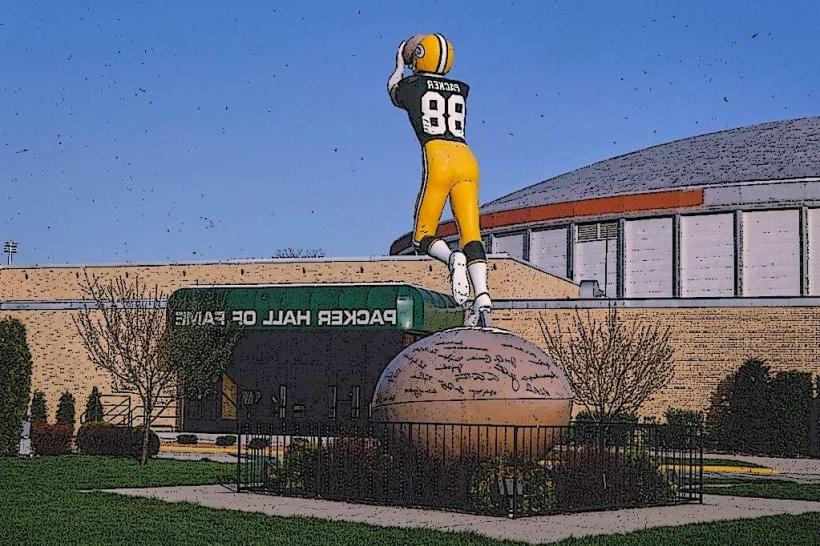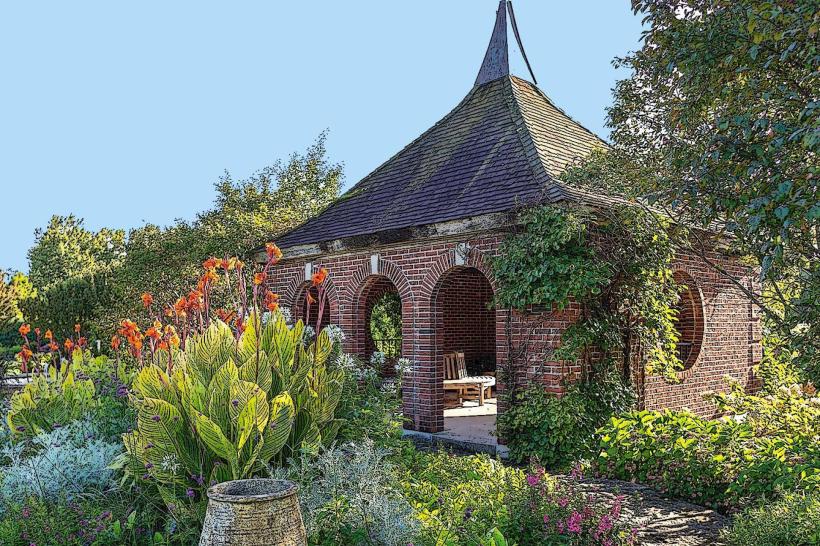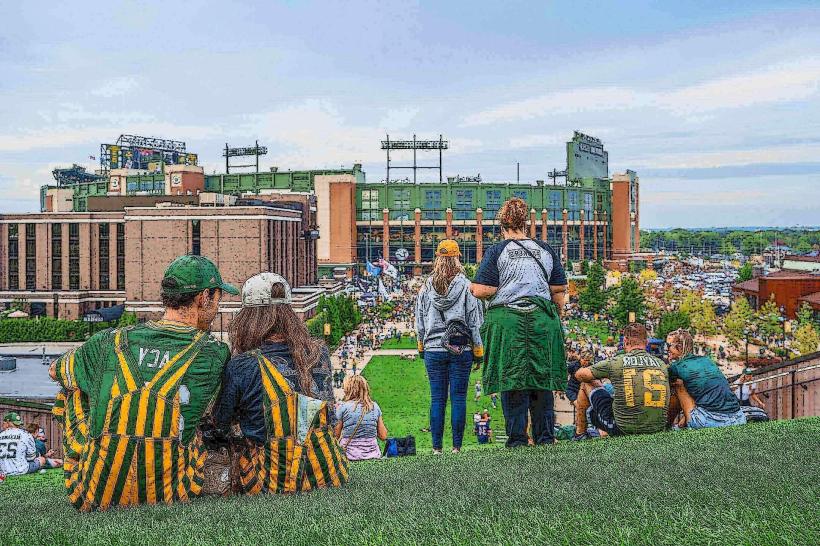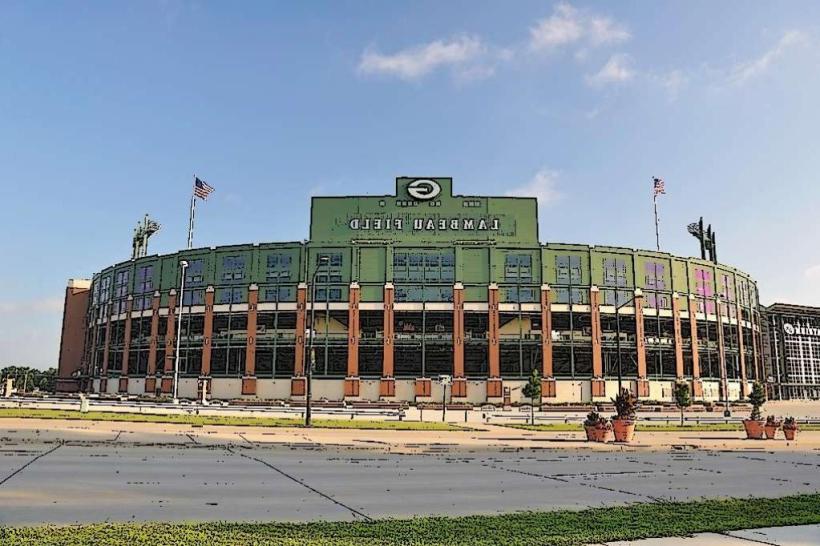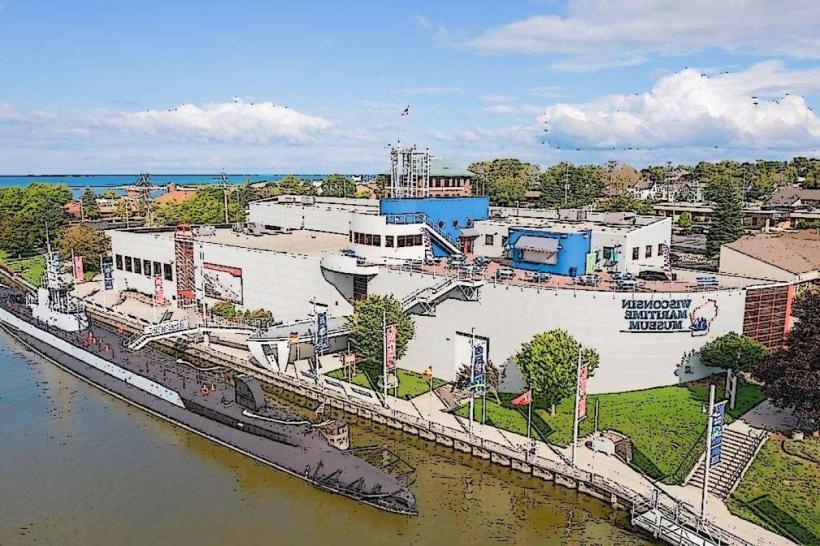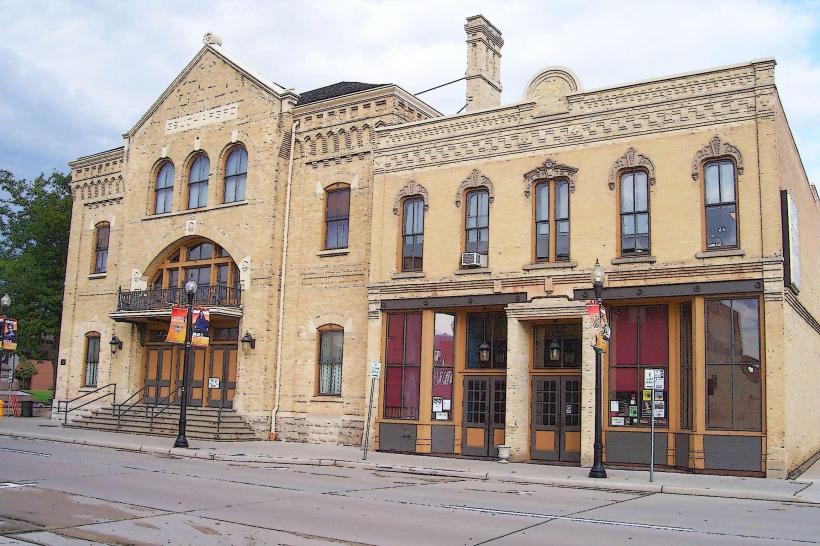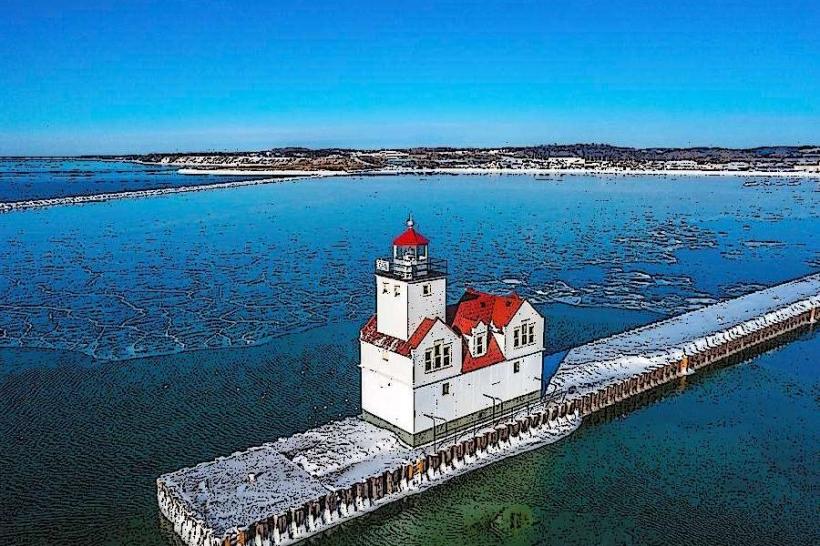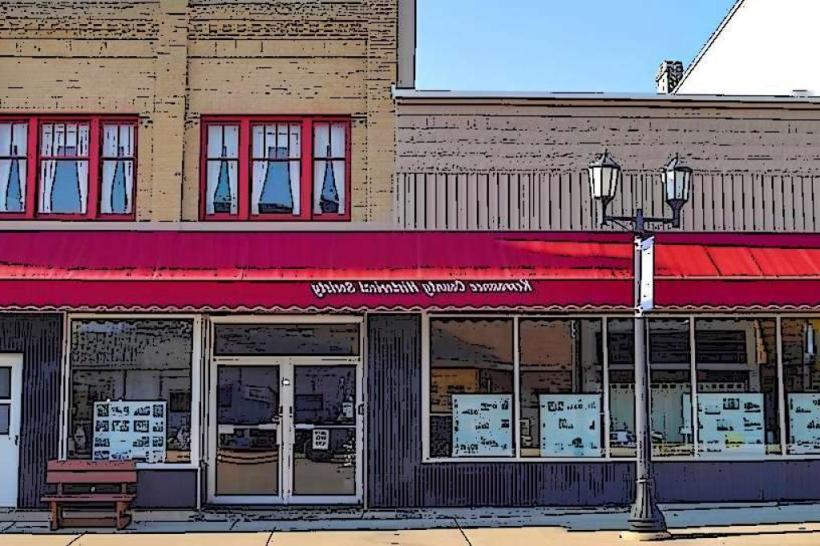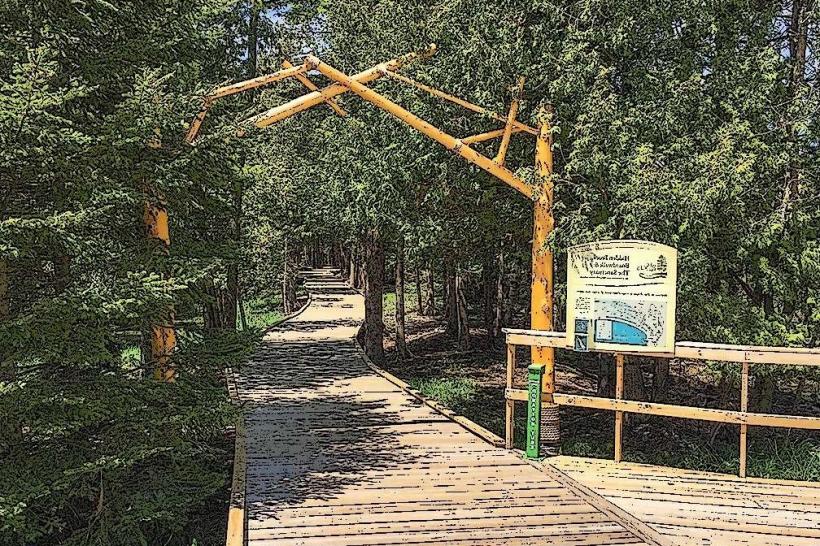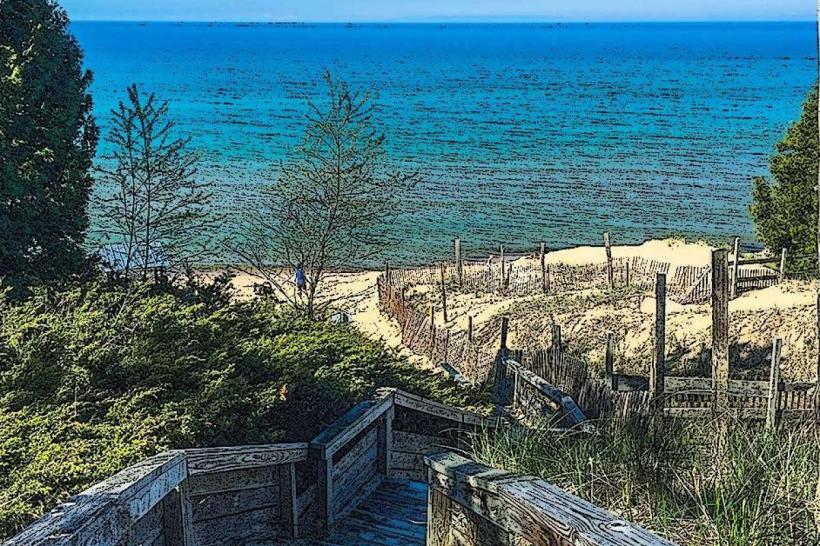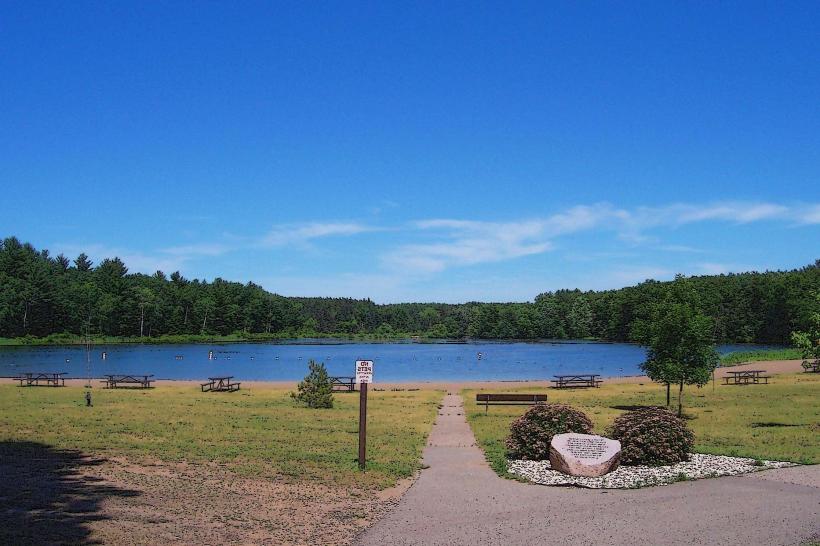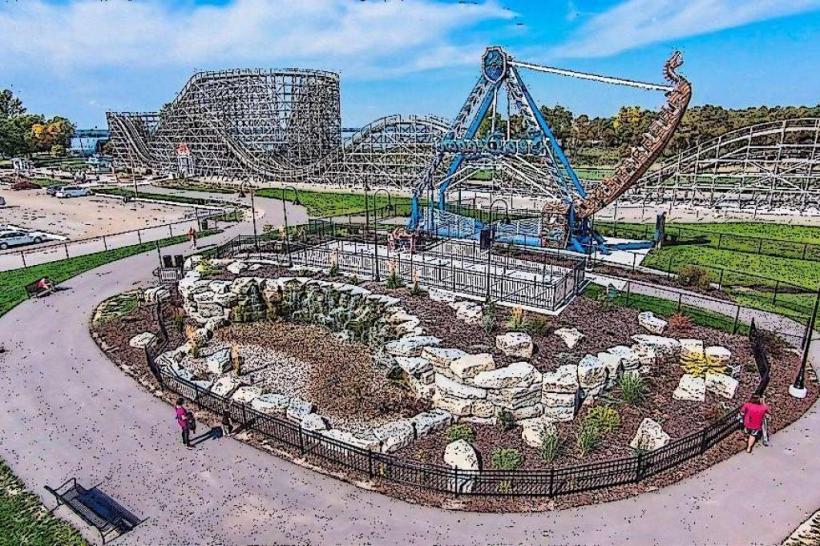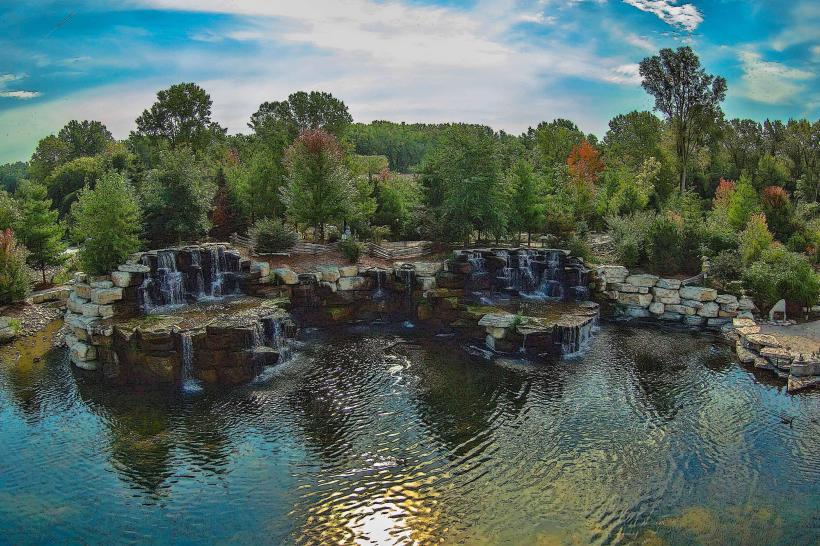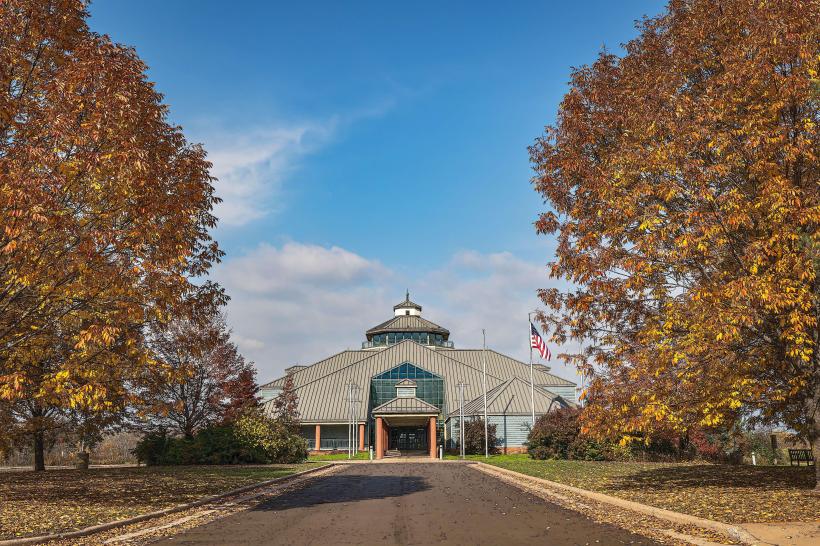Information
Landmark: Copper Falls State ParkCity: Green Bay
Country: USA Wisconsin
Continent: North America
Copper Falls State Park, Green Bay, USA Wisconsin, North America
Copper Falls State Park
Located northeast of Mellen in Ashland County, Wisconsin, Copper Falls State Park encompasses over 3,000 acres of some of the Upper Midwest’s most geologically dynamic terrain. The park is known for its steep gorges, lava-formed rock features, and a series of waterfalls created by the confluence of ancient rivers. It combines rugged beauty, historical value, and serene wilderness, offering a rich outdoor experience in all seasons.
Natural Features and Waterfalls
Copper Falls
The main waterfall for which the park is named is approximately 29 feet tall. It occurs where the Bad River plunges into a narrow gorge lined with ancient volcanic rock. The name "Copper Falls" is derived from the reddish hue of the rock, caused by iron-rich minerals-not from actual copper deposits.
Brownstone Falls
Just downstream from Copper Falls, this 30-foot waterfall is formed where the Tyler Forks River joins the Bad River. The result is a powerful confluence of waters cutting through dark lava rock. Several bridges and overlooks provide clear views of the chasm and the twin rivers meeting at high speed.
Red Granite Falls
This is a wider, more tranquil waterfall located along the southern end of the park. Unlike the steep drops of Copper and Brownstone Falls, this area features smoother, more gradual cascades over red granite bedrock. It’s accessible via a 2.5-mile round-trip trail and offers a quieter, more secluded experience.
Geological Background
The park's dramatic topography was formed by volcanic eruptions over a billion years ago, followed by glacial activity that carved the river valleys and exposed layers of basalt and rhyolite. These ancient lava flows form the bedrock walls and ledges seen throughout the gorge and trail system. The park’s terrain is among the oldest exposed rock in Wisconsin.
Forests and Ecosystems
The park is densely forested with a mix of northern hardwoods and coniferous trees. Dominant species include sugar maple, yellow birch, hemlock, white pine, and spruce. These forests create an enclosed, quiet environment broken only by the sound of water and birdsong.
In fall, the hardwoods transform into a vibrant display of red, orange, and gold, making the park a top destination for autumn foliage. Wetland habitats along the rivers support ferns, mosses, and wildflowers, especially in spring and early summer.
Wildlife
Common mammals include white-tailed deer, porcupines, raccoons, red foxes, and snowshoe hares. Less frequently, visitors may spot black bears or hear distant howls from gray wolves.
Bird species are abundant and include pileated woodpeckers, ravens, warblers, bald eagles, loons, and great horned owls. Amphibians such as salamanders, frogs, and wood turtles are often seen near wet trails and stream banks.
Hiking Trails
Doughboys Nature Trail (1.7-mile loop)
This is the park’s most popular and scenic trail. It loops around both Copper Falls and Brownstone Falls, with elevated overlooks, footbridges, and interpretive signs. Originally constructed by the Civilian Conservation Corps (CCC) in the 1930s, it remains well-maintained and moderately easy to hike.
Red Granite Falls Trail (2.5 miles round trip)
A relatively flat trail leading through pine forests to the more peaceful Red Granite Falls. This trail is pet-friendly and often used for snowshoeing in winter.
North Country National Scenic Trail
A section of this long-distance trail passes through the park, offering extended hiking and backpacking routes.
Takesson and Vahtera Trails
Open to mountain biking, these forested loops offer moderate terrain for riders and connect with other parts of the park.
CCC 692 Trail
This historic trail leads to a 65-foot observation tower. On clear days, it offers panoramic views of the Penokee Range and even Lake Superior in the distance.
Camping and Lodging
North Campground
Features electric sites, flush toilets, and showers. Several sites are ADA accessible. Popular with RV campers and families.
South Campground
More rustic and suited to tent camping. Offers non-electric sites with vault toilets in a wooded setting.
Backpack Campsite
A primitive site located near the gorge, ideal for visitors seeking solitude. It requires a short hike to reach and has minimal amenities.
Group Campground
Designed for youth and scout groups, this area includes fire rings, picnic areas, and shelter.
Accessible Cabin
A rustic but fully accessible cabin is available to people with disabilities. It includes beds, heating, and parking nearby.
Loon Lake and Day Use Areas
Loon Lake offers a sandy beach with a designated swimming area. Non-motorized boating such as canoeing and kayaking is allowed. The lake is also a good spot for birdwatching and picnicking.
Other amenities include picnic shelters (many built by the CCC), grills, fire rings, and scenic riverside areas ideal for day visits.
Winter Activities
The park is open year-round and offers over 15 kilometers of groomed cross-country skiing trails. Snowshoeing is allowed on most hiking trails. The peaceful, snow-covered woods and frozen waterfalls make the park a beautiful winter escape.
Accessibility and Facilities
The visitor center (seasonal) provides maps, geological exhibits, and park history.
Ample parking is available near trailheads, campgrounds, and picnic areas.
Fishing pier and boat launch accessible to visitors.
Modern restrooms, drinking water stations, and waste disposal sites are available in main areas.
Hours and Fees
Open daily from 6:00 AM to 11:00 PM, year-round.
Admission: $8 per day for Wisconsin vehicles, $11 for out-of-state vehicles. Annual passes accepted.
Camping fees vary by season and site type. Reservations are recommended during summer and fall.
Nearest Major City
Duluth, Minnesota – Approximately 100 miles northwest (around 2 hours by car). This is the closest major urban center with a regional airport, hospital, and full urban services.
Ashland, Wisconsin – Around 23 miles north (roughly 30 minutes). This is the nearest town for dining, groceries, fuel, and lodging.
Minneapolis–St. Paul, Minnesota – Located about 200 miles southwest (3.5 to 4 hours by car), it's the nearest large metropolitan area with international travel connections.
Summary
Copper Falls State Park is a blend of ancient geology, deep forest ecosystems, and human history. Its waterfalls, lava-formed gorges, and CCC-built structures make it not only one of Wisconsin’s most scenic parks but also a meaningful place of conservation and recreation. From short hikes to longer backpacking routes, from summer swimming to winter skiing, the park offers something compelling in every season.

